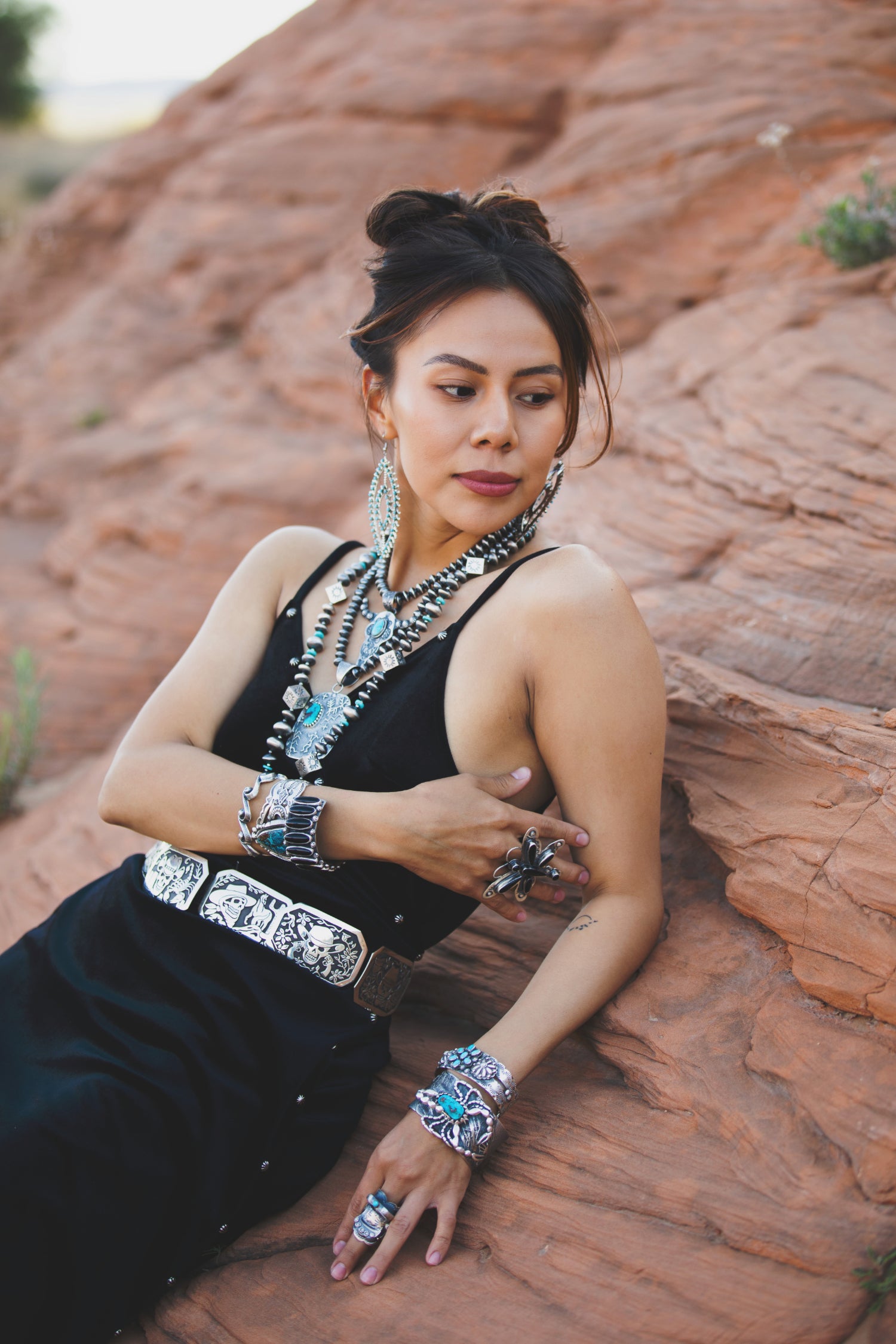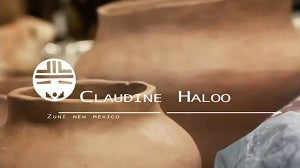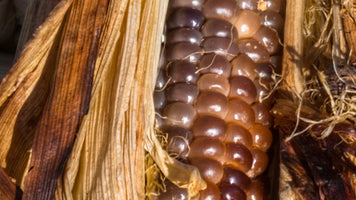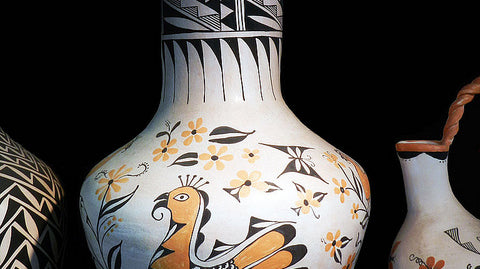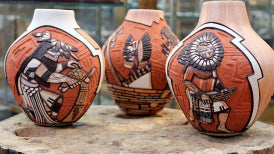Perry Null Trading
Zuni Pottery
Like the other Pueblos, the Zunis have a long and fruitful tradition of pottery making and their historic ceramics are among the best. Zuni Pottery came close to dying out in the last century, but a handful of ladies, including the Tewa, Daisy Nampeyo, began teaching young people the art, and pottery is making a comeback. Many young potters use commercial clay, some even poured greenware, which keeps down the price, but there are several deposits of high grade clay on Zuni lands. This clay is very clean and has high-fire capability.
Nampeyo Hopi Tewa Pottery
Though the First Mesa Tewa village of Hano has been occupied for more than three centuries and the people there have mixed freely with their Hopi hosts, Hano still maintains its separate Tewa language and cultural identity. Nampeyo’s father was a Hopi from the First Mesa village of Walpi. She spent a lot of time with her maternal grandmother who taught her the rudiments of pottery making. This would be the influence of Nampeyo Hopi Tewa Pottery.
Acoma Pottery
The Acoma Pueblo is one of the oldest still inhabited dwelling places in North America. Located approximately 80 miles west of Albuquerque, N.M., The "Sky City" of Acoma is perhaps one of the most beautiful and mystifying locations.
Hopi Pottery
Perhaps some of the most skilled Hopi artisans create a style of pottery called Hano polychrome or Sikyatki Revival. This pottery stands out amongst all of the pueblo and non-pueblo pottery makers as exceptional. The white wash with poly-chrome painting is some of the most recognizable art in the world.
Introduction to Pueblo Pottery
The young girl stood at the edge of the mesa facing the rising sun. She, her mother, aunt and grandmother whispered prayers in the dawn's first light: prayers for long life, health and well being. After breathing her prayers into the sacred cornmeal held in her hands, the girl threw the meal to the east, releasing her prayers to the wind.
Wearing Water - Native American Jewelry
It is said that we create our own world, paint our own canvas so to speak. Thoughts are things, ideas take material form. “Whatever the mind contemplates materializes instantly.” It is in this light that we consider the conceptual world of Native peoples in the American southwest, those who live in a parched desert thirsty for water, yet through belief, ceremony, dress and Native American jewelry move confidently across their landscape in a protective cocoon of mist, germination, clouds and rain.

